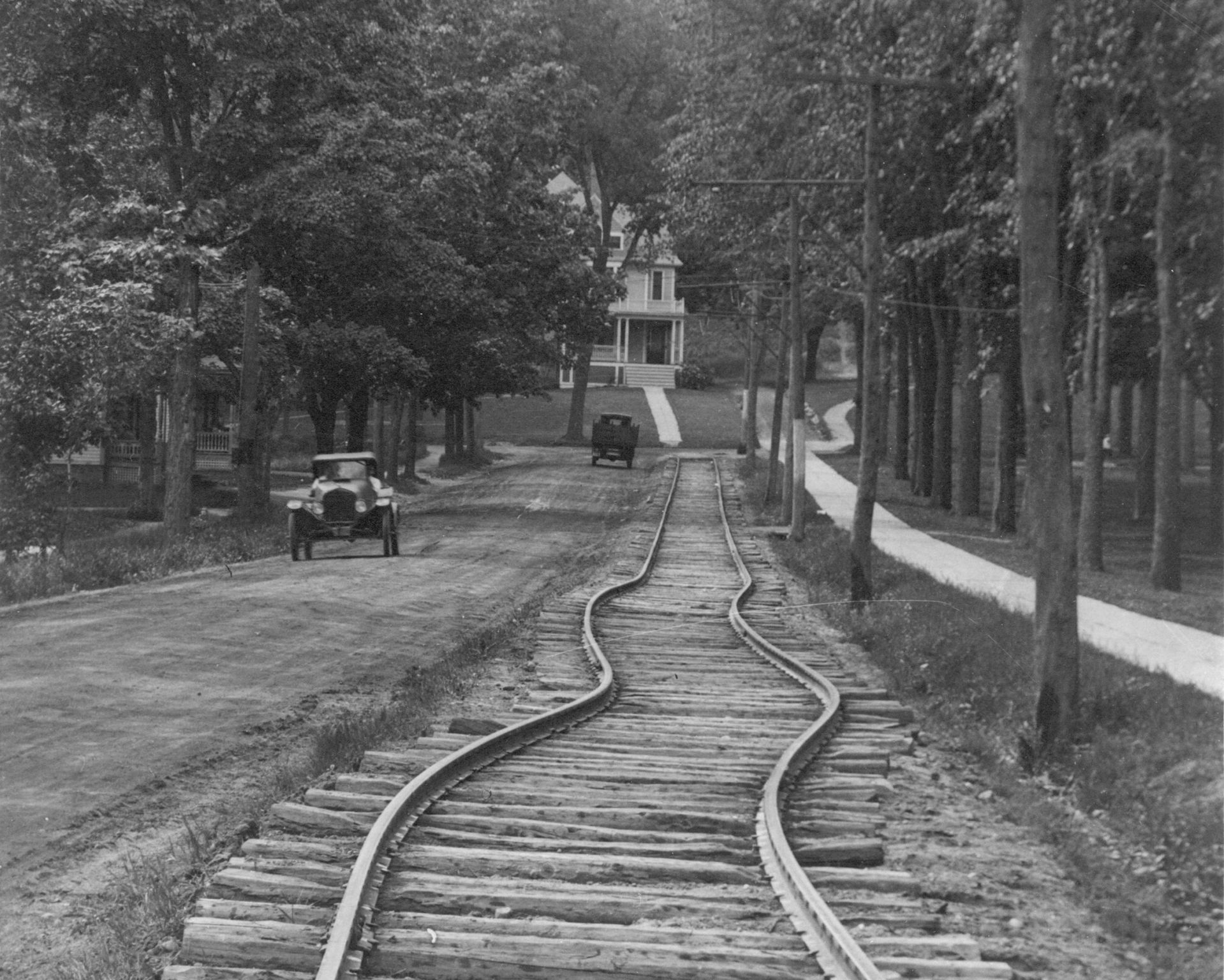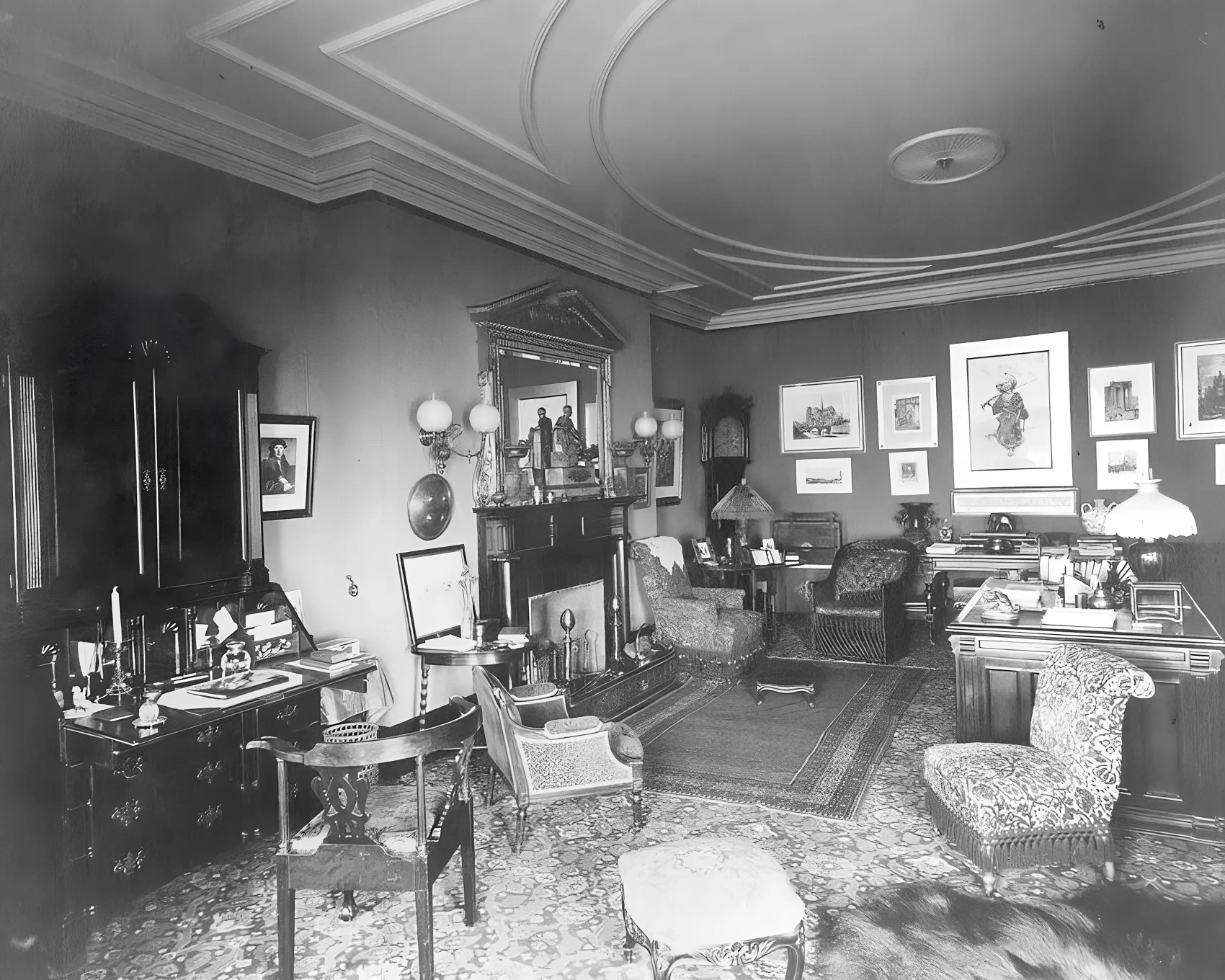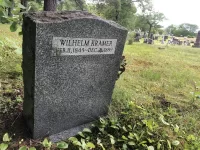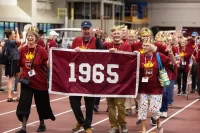
This 19th-century Lewiston place name belongs to Francis Skinner, a Boston businessman who, with Benjamin Bates, was among the early investors in Lewiston’s cotton mills.
Today, the name “Skinner,” however, is perhaps better known for not being affixed to any Lewiston place, whether building, lake, river — or, in this case, street.
The Street
The street once known as Skinner Street, but now Campus Avenue, begins at the President’s House and runs east, past Lewiston Middle School, St. Mary’s Hospital, and Dairy Joy, all the way to East Avenue.

The Skinners
There were actually two Francis Skinners, father and son, associated with Bates. The elder Francis was among the core group of investors who, with Benjamin Bates, supported and invested in the first manufacturing mills in Lewiston starting around 1850.
He founded Francis Skinner and Co., a “commission house” in Boston that bought cotton goods like bedspreads and sheets from New England textile mills, including Lewiston’s, and sold them to retailers.
After Skinner’s death in 1865, his son took over the family business, serving as a Bates trustee from 1868 to 1873, alongside Benjamin Bates and other industrialists who were on the Bates board in those days.

In the 1880s, he built what is today known as the Skinner Mansion, located on Beacon Street in Boston. His wife, Eliza Gardner Skinner, was the sister-in-law of Isabella Stewart Gardner, founder of the eponymous Boston museum. Skinner died on Nov. 24, 1905, at age 66.
In 1945, a Lewiston mill, Pepperell, took out a nearly full page ad in local newspapers to tout its cotton products. The ad invoked the elder Skinner as an icon of quality and quoted from an old Pepperell letter, “This Cotton is to be worked under the inspection of Mr. Skinner, and he complains of Quality easily.”
The Street Name Change
A few streets in Lewiston and at least two near campus were named for early investors in Lewiston and early supporters of Bates. Nichols Street is named for Lyman Nichols, Bardwell Street for Josiah Bardwell, and Wood Street for William Barry Wood, all investors in Lewiston mills.
Called “one of the best streets in the city” by the Lewiston Evening Journal, Skinner Street was completed in 1868. Given that timing — three years after the elder Skinner’s death — the naming was perhaps a memorial gesture by the city.
In early 1915, the Lewiston Daily Sun reported that “a petition asking that the name of Skinner Street be changed to Campus Avenue is being circulated in this city.” It’s unclear who circulated the petition.
Around that time the city was doing work to improve the street, including creating a new city athletic field across from John Bertram Hall, near where the middle school now is.
The Bates Student applauded the name change in its Jan. 28, 1915, issue: “Students, faculty, alumni take note: by a decree of the Lewiston City Government, Skinner Street is henceforth to be known as Campus Avenue. We appreciate the change. Not let us all remember to make it a real change in fact as well as in theory.”
At Reunion that year, the Lewiston Evening Journal noted that returning alumni “rather like the improvement in terminology.”




